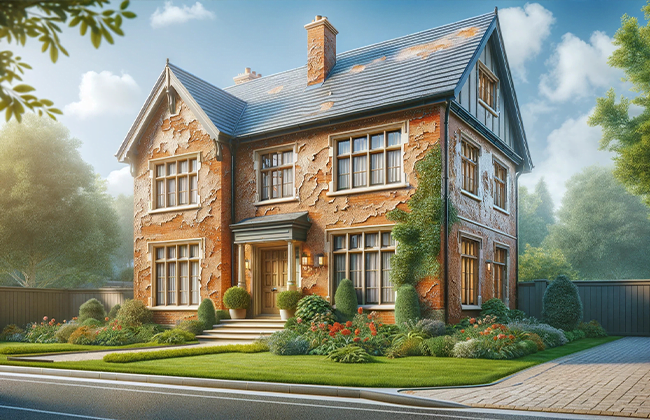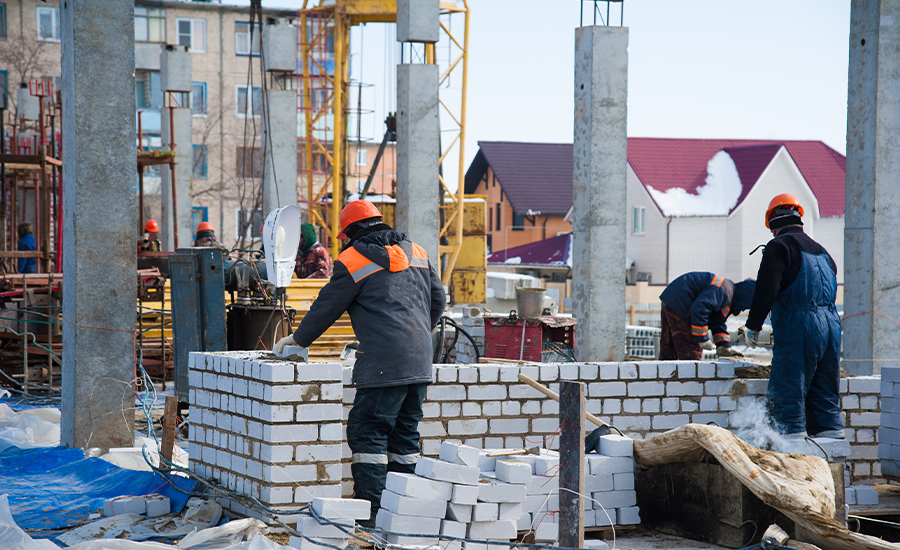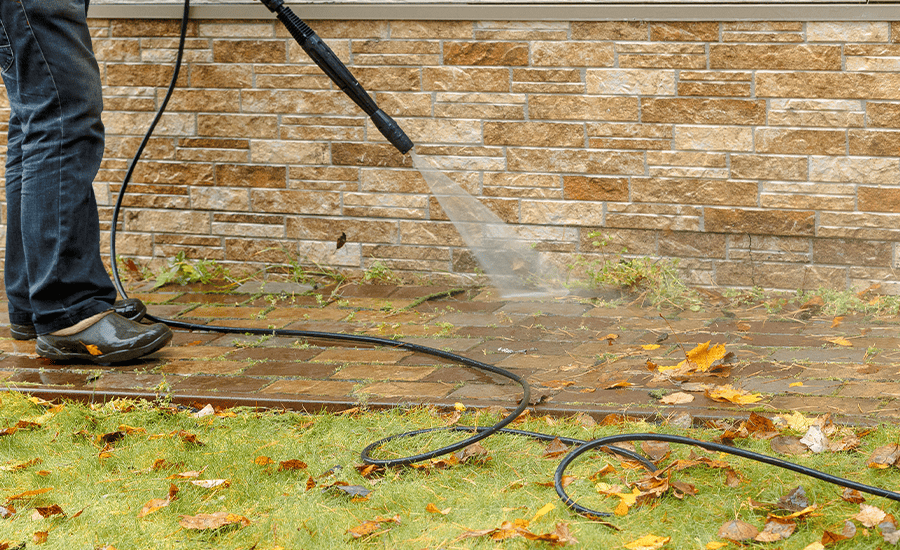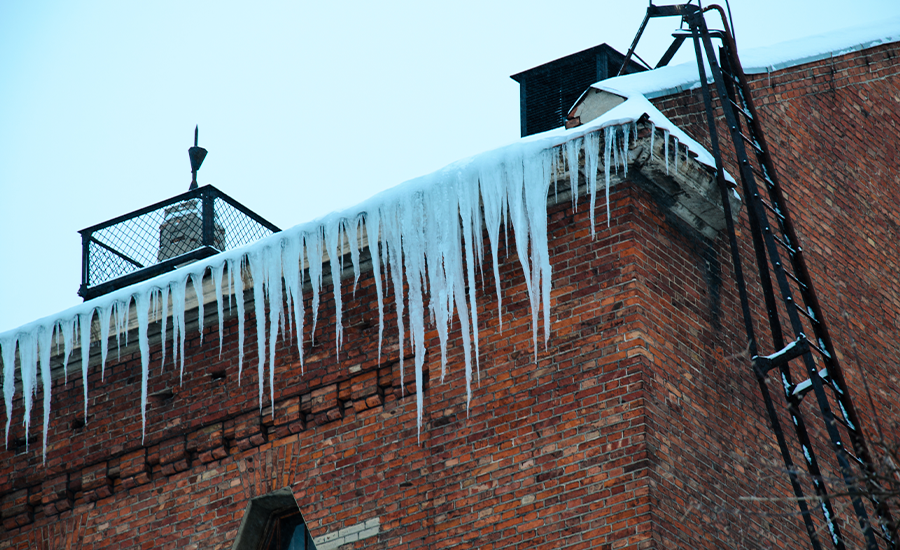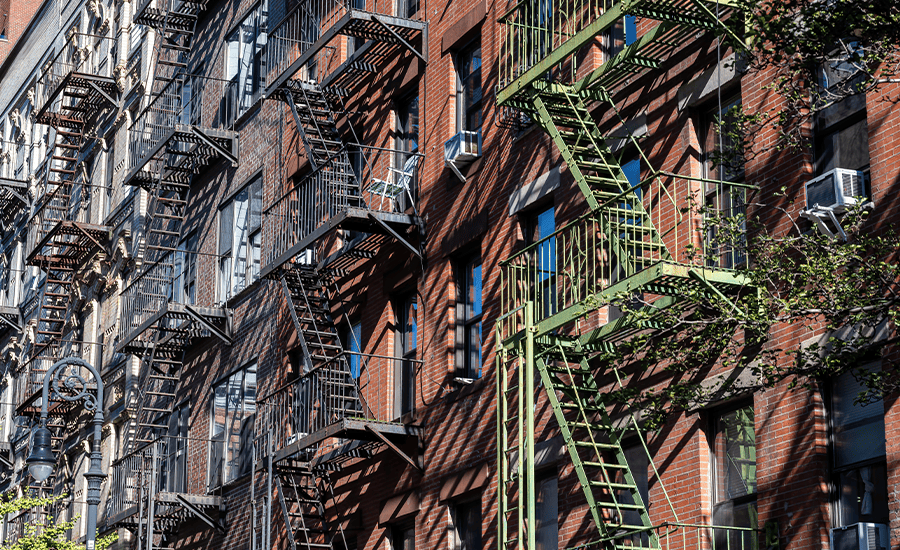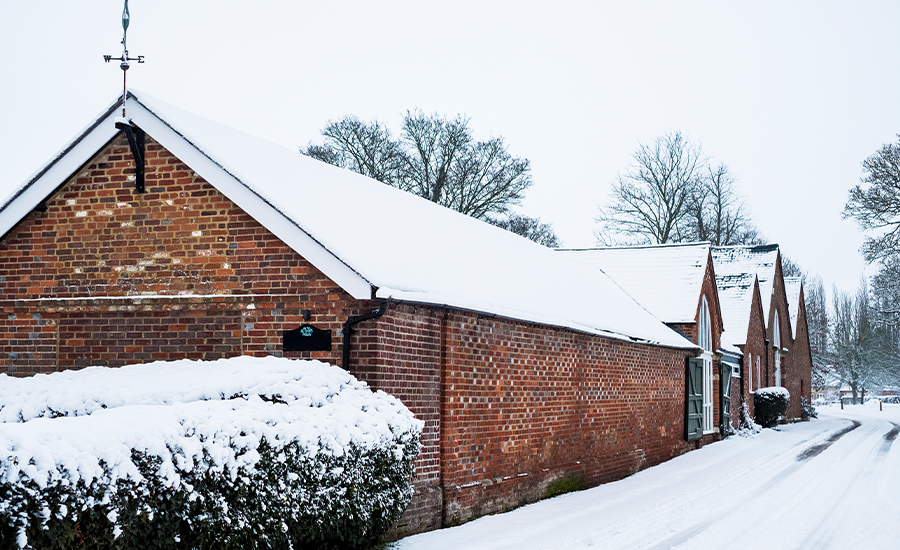Brick facade repairs is essential in preserving the structural integrity and aesthetic value of your home. This comprehensive guide delves into the intricacies of repairing brick facades, offering insights into common issues, maintenance tips, and DIY solutions. Whether you’re a homeowner or a DIY enthusiast, understanding brick facade repair is crucial for maintaining the longevity and beauty of your property.
Understanding Brick Facade Damage
Explore the common issues that can affect brick facades, such as cracking, spalling, and efflorescence. Learn how these problems manifest and the underlying causes, providing a foundation for effective repair and maintenance strategies.
Types of Damage
Brick facades, though durable, are susceptible to various types of damage. Common issues include:
- Cracking: Caused by foundation settling, temperature changes, or moisture. Cracks can range from hairline fractures to substantial splits.
- Spalling: This occurs when water penetrates brick, causing it to flake or crumble. It’s often a sign of poor drainage or waterproofing issues.
- Efflorescence: White, powdery deposits on bricks, resulting from salt leaching out of the brick and mortar as water evaporates.
Identifying Problems
Early detection of facade issues is key. Look for uneven or cracked mortar lines, loose bricks, damp patches, or discoloration. Regular inspections can help spot these signs early.
The Importance of Regular Maintenance
Discover the significance of routine inspections and upkeep in preserving the integrity of your brick facade. This section emphasizes preventive measures and offers practical advice on maintaining the facade’s appearance and structural soundness.
Preventive Measures
Regular maintenance can prevent minor issues from becoming major repairs. This includes inspecting the facade annually, especially after severe weather, and addressing small problems promptly.
Cleaning Techniques
Gently clean brick facades with a soft brush and mild detergent. Avoid harsh chemicals or high-pressure washing, which can damage the brick and mortar.
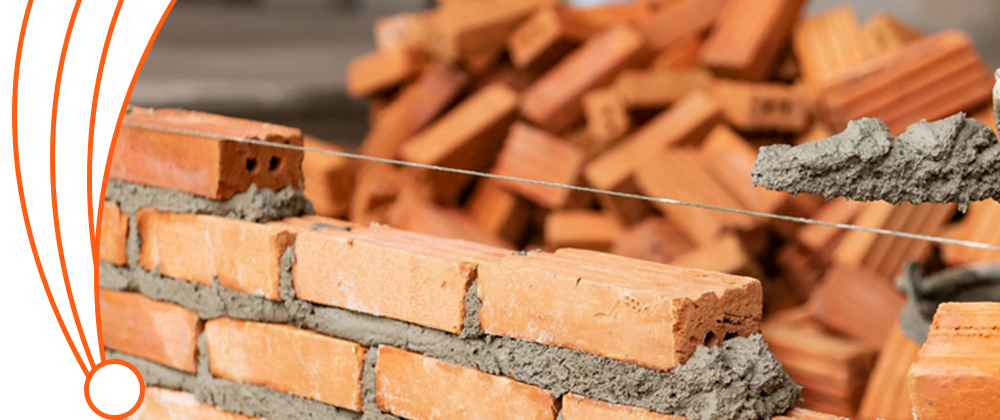
DIY Brick Facade Repair Steps
A guide for homeowners interested in tackling brick facade repairs themselves. This part includes a comprehensive list of necessary tools and materials, along with step-by-step instructions for common repair tasks.
Tools and Materials
You’ll need basic tools like a chisel, hammer, mortar mix, trowel, and safety gear. Choose materials that match the existing facade for a seamless repair.
Step-by-Step Guide
For minor repairs like repointing mortar or replacing a few bricks, follow these steps:
- Remove damaged mortar or bricks carefully.
- Mix and apply new mortar.
- Replace bricks, ensuring they align properly.
- Clean off excess mortar and let it cure.
When to Call a Professional
Understand when DIY solutions fall short and professional expertise is needed. Learn how to assess the severity of facade damage and get tips on selecting the right contractor for the job.
Assessing the Damage
If damage is extensive, affects structural integrity, or if you’re unsure about DIY repairs, it’s best to consult a professional.
Choosing the Right Contractor
Look for licensed contractors with experience in brick facade repairs. Check references and reviews to ensure their workmanship and reliability.
Cost Considerations in Brick Facade Repair
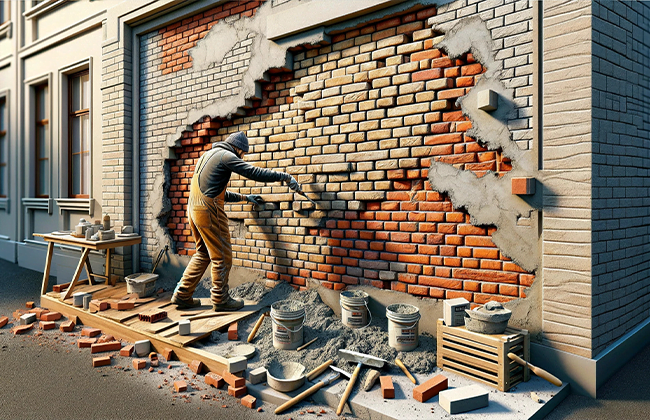
An overview of the financial aspects of brick facade repairs, including how to estimate costs, factors affecting prices, and budgeting tips to manage expenses effectively while ensuring quality repairs.
Estimating Repair Costs
The cost varies based on the extent of damage, materials used, and labor costs. Simple repairs might be affordable, but extensive damage can be costly.
Budgeting Tips
Get multiple quotes, set aside a contingency fund for unforeseen expenses, and prioritize repairs to manage costs effectively.
Preserving Historical Brick Facades
Focuses on the unique challenges and considerations when repairing brick facades of historical buildings. This includes the importance of using period-appropriate materials and techniques, as well as working with local historical societies.
Special Considerations
Historic buildings require careful repair to preserve their integrity. Use materials and techniques that match the original construction.
Working with Historical Societies
In many cases, repairs on historical buildings need approval from local historical societies. They can also offer guidance on appropriate repair methods.
The Role of Weather and Climate in Brick Facade Deterioration
Examines how different environmental conditions affect brick facades and how to adapt repair techniques to local weather and climate. It emphasizes the importance of understanding and mitigating climate-related damage.
Understanding Environmental Impacts
Different climates pose unique challenges. Freeze-thaw cycles, high humidity, or salt-laden air can accelerate facade deterioration.
Adapting Repair Techniques to Weather Conditions
Choose materials and repair techniques suitable for your local climate. This might include using weather-resistant mortar or implementing better drainage solutions.
Innovations in Brick Facade Repair
Highlights recent advancements in materials and techniques used for brick facade repairs. This section looks at sustainable practices and innovative solutions that are shaping the future of facade maintenance.
New Materials and Techniques
Advancements include more durable mortar mixtures, water-repellent coatings, and techniques like injection grouting for stabilizing facades.
Sustainable Practices
Eco-friendly options like recycled materials or bricks, and energy-efficient repair methods are gaining popularity.
Common Mistakes to Avoid in Brick Facade Repair
Provides crucial insights into common pitfalls in brick facade repair and maintenance. It includes essential do’s and don’ts, along with troubleshooting advice for frequent issues encountered during repairs.
Do’s and Don’ts
Do match mortar and brick types. Don’t rush the curing process. Do seek professional advice when in doubt.
Troubleshooting Common Issues
Learn how to address common issues like mismatched mortar or bricks, and how to ensure proper alignment and adhesion.
The Future of Brick Facade Maintenance
Explores emerging trends and future developments in brick facade maintenance. This section focuses on long-term care strategies, technological advancements, and new methodologies that are expected to influence the field of facade repair.
Emerging Trends
Technological advancements, like drone inspections and 3D-printed bricks, are shaping the future of facade maintenance.
Long-term Care Strategies
Develop a maintenance plan that includes regular inspections, immediate repair of minor issues, and periodic professional assessments to ensure the longevity of your brick facade.
Conclusion
In conclusion, effective brick facade repair not only enhances your property’s curb appeal but also ensures its long-term durability. By understanding the various aspects of facade maintenance, from recognizing damage to implementing the right repair techniques, homeowners can protect their investment. Remember, regular maintenance and timely repairs are key to preserving the elegance and strength of your brick facade.
FAQs
Q: What are the first signs that indicate a need for brick facade repair?
A: The first signs include noticeable cracks, loose bricks, and mortar deterioration. Early detection of these issues is crucial for timely and efficient brick facade repair, preventing further damage.
Q: How often should I inspect my brick facade for potential repairs?
A: It’s advisable to inspect your brick facade at least once a year, preferably after extreme weather conditions, to identify any need for repair and maintain its condition.
Q: Can I perform brick facade repair myself, or should I hire a professional?
A: Minor repairs like repointing can be a DIY project. However, for extensive damage or structural issues, it’s best to hire a professional experienced in brick facade repair.
Q: What is the average cost of brick facade repair?
A: The cost varies based on the extent of damage and repair complexity. Minor fixes might be relatively inexpensive, whereas major repairs require a higher budget.
Q: How can weather affect my brick facade and its need for repair?
A: Weather conditions like freeze-thaw cycles, heavy rain, and extreme temperatures can cause damage to brick facades, necessitating regular inspection and timely repair.


